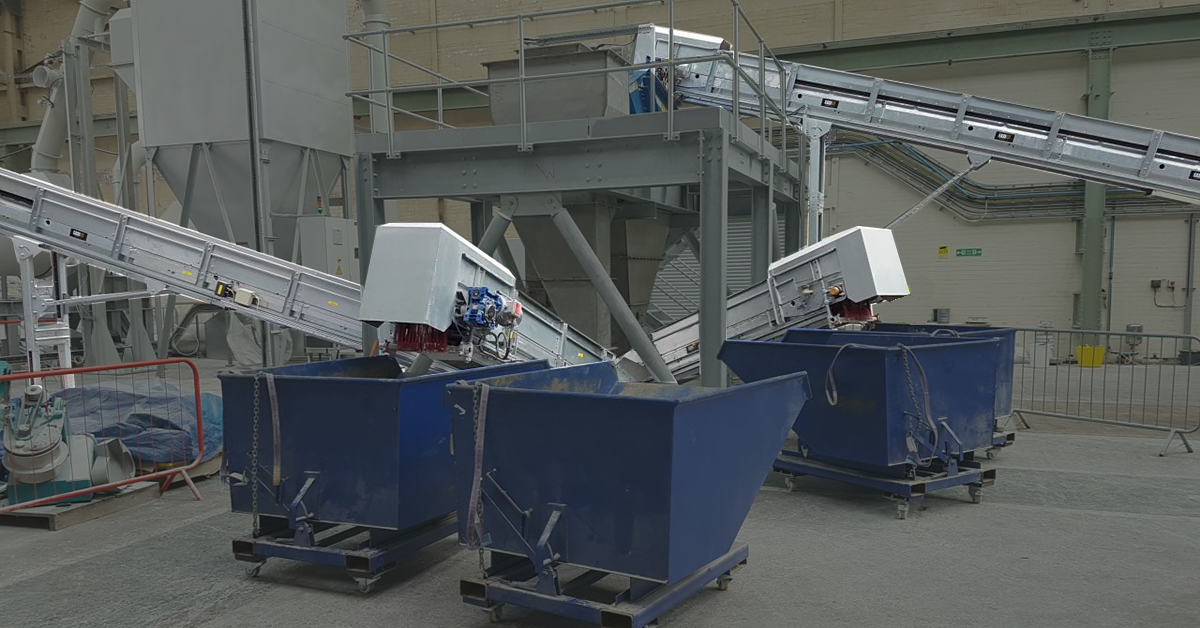The Case for Recycling in Textiles
Why is there an emphasis on recycling post-industrial waste? Earth.org’s alarming statistics reveal that the textile sector accounts for nearly 10% of all carbon emissions, with a staggering 85% of textiles ending up in landfills annually. This emphasizes the need for a circular economy approach to minimize the industry’s carbon footprint.
India: Steering Global Post-Industrial Waste Management
India, a textile behemoth, serves as a lens into the monumental challenge of post-industrial waste. As the world’s second-largest textile producer and exporter, India’s production scale corresponds to significant waste generation. One standout factor is cotton, known colloquially as “White Gold”. As the world’s top cotton producer, India faces enormous cotton-related waste, with over 11.5 million tons transformed into textile waste in cotton garment production.
To navigate this challenge, technologies such as ECOCLIP by PICVISA have been introduced to recycle and repurpose waste into raw materials. The Indian government has also showcased foresight with the “Scheme for Integrated Textile Parks (SITP)” which can integrate recycling technologies, setting a blueprint for other nations.
Bangladesh and Pakistan: Embracing Circular Economy
Bangladesh, a textile juggernaut alongside India, has declared, “Circularity is our future.” Prioritizing sustainability, Bangladesh is spearheading policies to embed the circular economy within its textile industry.
Similarly, Pakistan, with its rich textile legacy, is pushing boundaries to cement its place in the global market. Like its peers, Pakistan acknowledges the need for sustainable, circular practices to meet global demands and alleviate environmental stress.
The Global Resonance and Brands Leading Change
The handling of post-industrial waste is not confined to one region but resonates globally. The fast-fashion trend exacerbates textile waste. Discarded, non-recycled clothing accumulates in landfills, with harmful microfibers contaminating our oceans. Consequently, the fashion sector aims for a monumental 80% circularity by 2030.
Brands like Recover, Renewcell, and Infinity Fiber have paved the way, integrating recycled materials, underscoring the viability of a circular fashion economy.
ECOCLIP by PICVISA: Pioneering Waste Management
Amidst these changes, PICVISA’s ECOCLIP technology is revolutionary. Harnessing artificial vision, it fine-tunes the recycling of post-industrial textile waste, especially vital for textile-centric countries like India, Pakistan, and Bangladesh. To realize industry-set sustainability goals, the adoption of cutting-edge technologies is paramount.
In Conclusion
The textile sector stands at a crossroads. Embracing sustainable practices transcends mere necessity; it embodies global responsibility. Collaborative endeavors between governments and corporations offer promise, with the potential to reshape the textile domain as a paragon of sustainability and a circular economy.



























